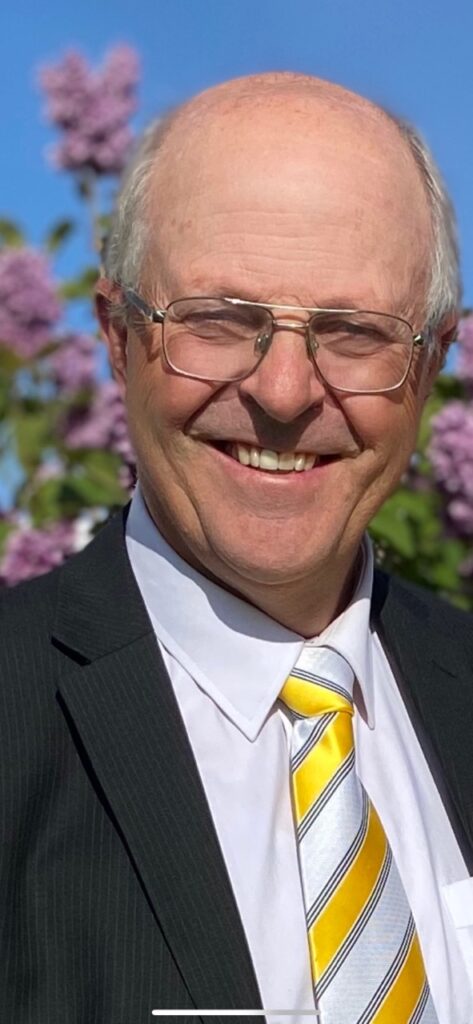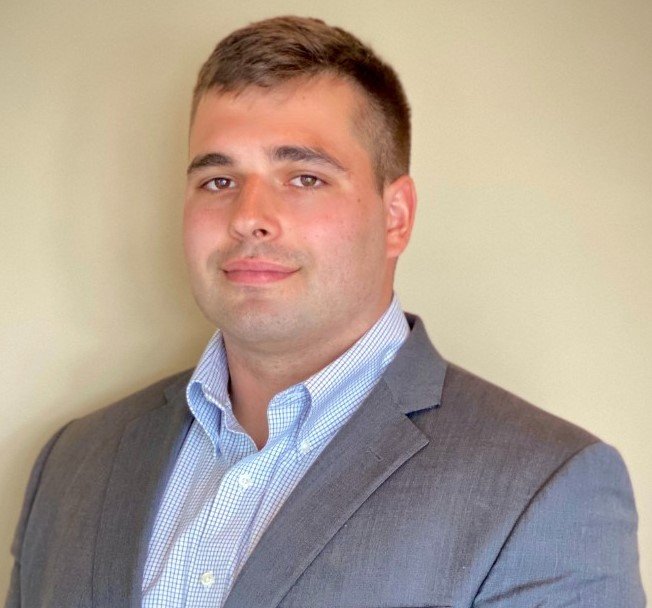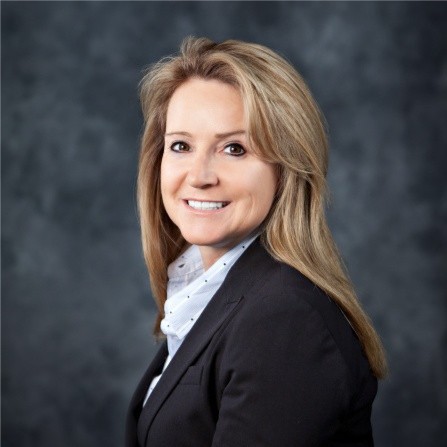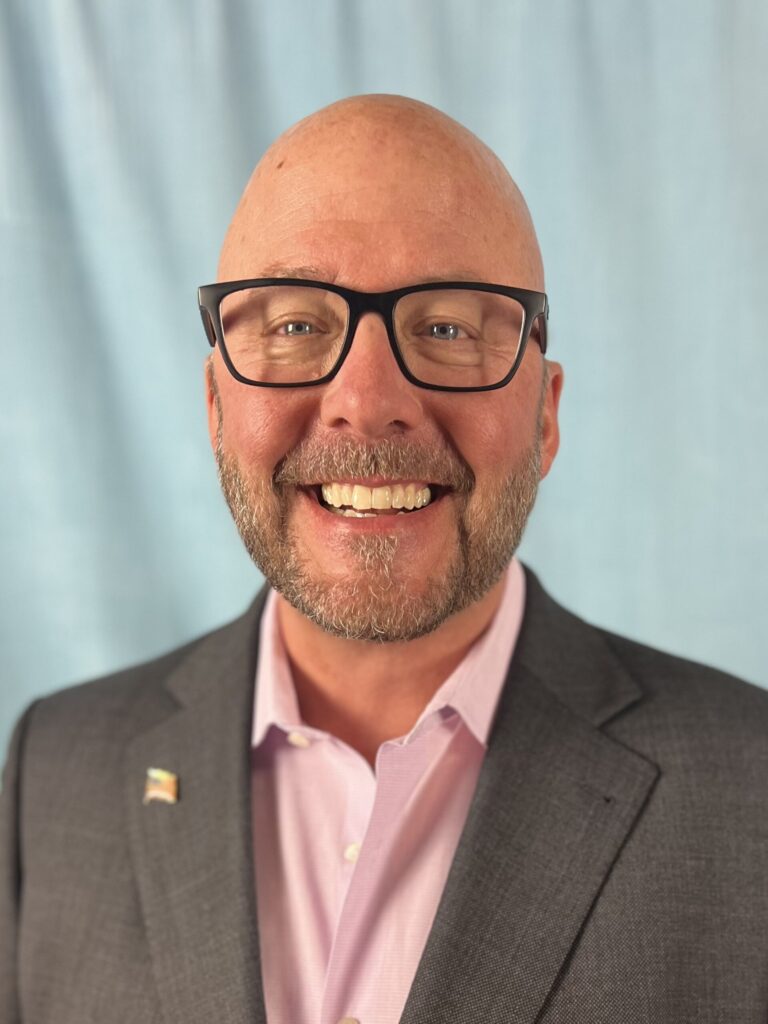
Dr. Hawkins received his PhD from the University of Utah in March of 1990. His degree was in Physical Electro-Analytical Chemistry developing theoretical and practical applications of ultra-microelectrodes. His Post-Doctoral research was investigation of low temperature electrochemical induction of nuclear fusion and analyses of cell membrane electrochemical ion transfer.
His industrial experience began at Thiokol Corporation as a material scientist working on chemical specie migration and surface preparation for metallic and composite bonding and adhesion. His work included engineering structures and processes for NASA Space Shuttle; Navy C4 and D5 propulsion systems; USAF and Navy decoy and infrred flares; USAF Minuteman III structures, refurbishment, aging and surveillance, surface preparation and NDE evaluation; metal surface chemical treatment (Alodine, anodize, washout, plating and adhesives) and Materials and Processes research.
As a Senior Principal Engineer/Scientist at Northrup Grumman, he evaluated failure mechanisms and developed corrective action protocols; developed novel synthetic routs for energetic materials; engineered high-temperature resistant, flexible, and wear resistant coatings for aerospace and industrial applications; developed conformable radiation shielding protection materials for high energy X-ray applications; and engineered, developed and implemented electrochemical milling (ECM), electro-plating and electro-deposition of corrosion resistant and structural metals for NASA, Air Force, Navy and non-government customers.
Dr. Hawkins retired in 2012 to establish his own engineering and consulting company, Sentecor Consulting, (later changed to SENTECOR SOLUTIONS LLC), so that his engineering services could be applied to new and different applications. The initial basis of this company was to eliminate hazardous or toxic materials and replace them with environmentally safe alternatives. Applications of these technologies have been targeting the removal and elimination of hydrofluoric acid, chromic acid, methylene chloride, poly chlorinated biphenols (PCBs) and Cr6+ in DOD and industrial processing. The replacement solutions have been proven to be readily treatable and may often be disposed into municipal waste streams.
The final major area of interest is to apply the developed technologies to the Additive Manufacturing (AM) arena. This rapidly growing technology sector has experienced some challenging obstacles such as removal of excess surface powders, elimination of powders from interior blind occlusions or tubes where excess powders are trapped, surface roughness causing fracture susceptibility, interior surface roughness restricting laminar flow and explosive filter bed removal. In addition, powder utility can be as low as 15% efficient but is nominally near 25%. This low yield necessitates reclaiming spent powders and treating them to bring them back into specification without recycling and re-fabricating the powders. Each of these items has been investigated with positive progress in each area.




